How to prepare substrate for the garden. Characteristics of the Ecological Substrate
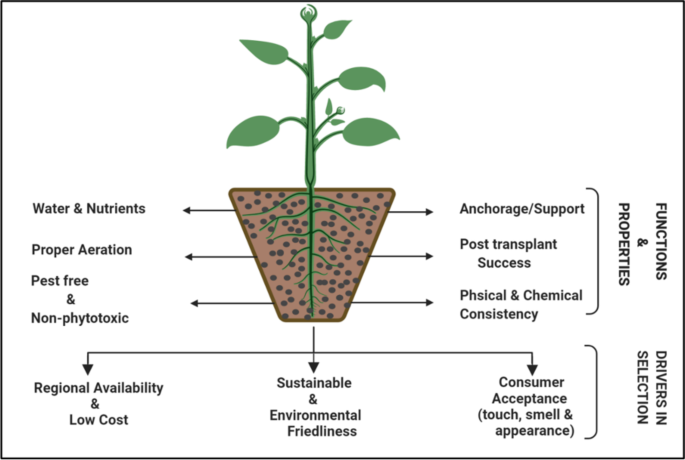
What is the substrate and how to prepare it? What is the best substrate for the organic garden? In today’s post we will talk about the characteristics that farmland should have and the types of substrate for the orchard and garden.
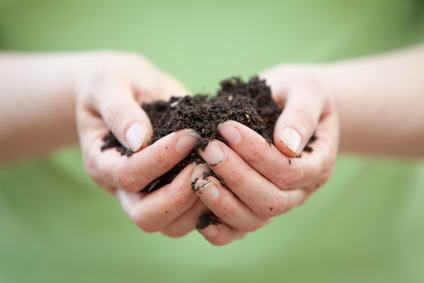
A good farmland on which the roots settle is a fundamental aspect for the proper development of plants, since from it they obtain the nutrients and water they need to grow and bear fruit.
What is the growing medium?
The substrate is the material that we use to fill the cultivation container or the terraces, the material where the roots of the plants develop, that is to say our “cultivation land”.
Keep in mind that the substrate occupies most of the container, but not one hundred percent, since in the lowest part, at the bottom of the pots or containers, it is advisable to leave a drainage layer.
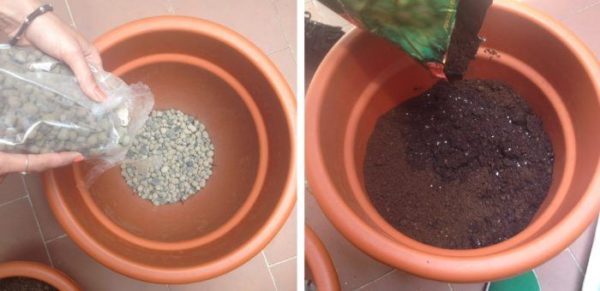
The drainage layer is composed of a material that leaves large spaces or pores between the particles, such as sand, expanded clay, volcanic gravel, or any light, porous material. It is a layer of a few centimeters, depending on the size of the container and the type of substrate on top.
How to make a good substrate for pots?
When preparing the substrate, several types of materials are usually mixed. The substrate is rarely made up of a single component, and it is usually a mixture of various materials for substrates (peat, compost, sand, pine bark, sand, perlite, vermiculite…), since each of the components of the substrate will provide distinct and desirable characteristics.
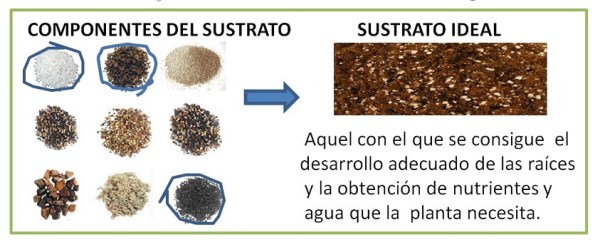
The success of our garden will depend, first of all, on whether we have managed to make a good substrate or “ideal substrate”, the one with which the proper development of the roots is achieved and the maximum amount of nutrients and water that the plant needs.
The best substrate for the garden is not unique. There are hundreds of materials that can be components of substrates and fertilizers, so there are many possible combinations with which an «ideal substrate» is obtained.
In addition, factors such as culture containers or containers, the type of plants that we will grow in each of them, etc. also influence.
In the article » Types of substrates for garden plants « there is more information on how to make substrate for the garden and how to improve acid soils, poor in nutrients or with other deficiencies.
Characteristics of the substrates
The main characteristics of the substrate that influence plant growth are porosity and texture, acidity or pH, and the presence of nutrients.
If any of these characteristics fail (very acidic soil, very compacted, «depleted» soil or without nutrients…) it is very possible that the plants will not develop well, so it will be necessary to add components of the substrate to improve the soil.
Porosity
It must be elevated so that the roots can penetrate and develop. It is one of the reasons why using the soil from any garden or space adjacent to our orchard is not a good idea since the porosity of these soils is low. But in our garden the plants are in containers and the depth that the roots can reach is limited, and we must counteract this with a high porosity in the substrate.
Micropores: important because they retain water, forming a reserve that will be absorbed little by little by the roots when it is not watered.
Macropores: important because, after irrigation, the water disappears from them and they allow the circulation of air for the roots to breathe.
The macropores and micropores of our final substrate must be balanced so that the plant has both air and enough water, so we must know how to combine the available materials.
To improve the porosity and lighten the substrates, materials with pores in the particles themselves can be used: pine bark, perlite, expanded polystyrene…
pH or acidity
It measures the acidity of the substrate, taking values from 1 to 14. Most vegetables develop better around neutral pH and somewhat lower values (pH 6-7), since at different pH the absorption of nutrients is more costly.
Substrate manufacturers usually indicate this in the product specifications, usually on the packaging. Most of the materials used as substrate components have a pH close to neutrality, or slightly acidic (less than 7, but over time they evolve to a more neutral pH), so you only have to pay special attention to this appearance when one or two points away from neutral pH.
Nutrients and organic matter
The essential nutrients for the development of the plant are nitrogen, phosphorus and potassium, which appear in the materials in the form of N, P 2 O 5 and K 2 O, respectively. The substrates must have an adequate content of each one of them and also of other secondary elements such as calcium, magnesium or sulfur.
When the plant does not have the necessary nutrients, it weakens and negative effects appear, such as: pale leaves, yellowing or browning of the edges of the leaves, the young shoots dry up, flowering and fruiting decrease, etc.
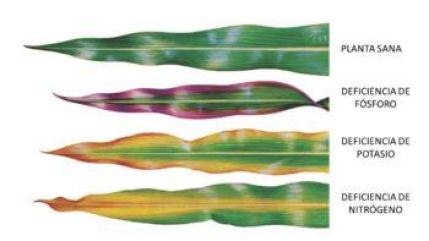
Many of the substrates that we can find do not contain enough nutrients that the plant needs, but, even if they did, they are lost over time. For this reason, it is necessary that there be organic matter in the soil, which gradually releases nutrients, and also maintains the activity of beneficial microorganisms.
Why is it important to fertilize the soil?
As we have seen, the presence of nutrients is one of the characteristics of the essential substrates for the development of crops, so it is important to fertilize the soil or incorporate fertilizers for ecological substrates.
Some soil particles such as clay can retain nutrients, but, in any case, they only retain some such as potassium, calcium, magnesium… (those with a positive charge). Nitrogen has a negative charge and is also very soluble, so it gradually disappears from our land, especially with irrigation water. This is what is known as nutrient washout.
It is essential to resort, at least once a year, to the fertilization of the substrate, adding organic fertilizers or mineral fertilizers that provide the missing nutrients.
Organic fertilizers
With organic fertilizers (compost, humic amendments, green manures, manure, liquid organic fertilizers…) we are adding organic matter to the soil that will be transformed into humus.
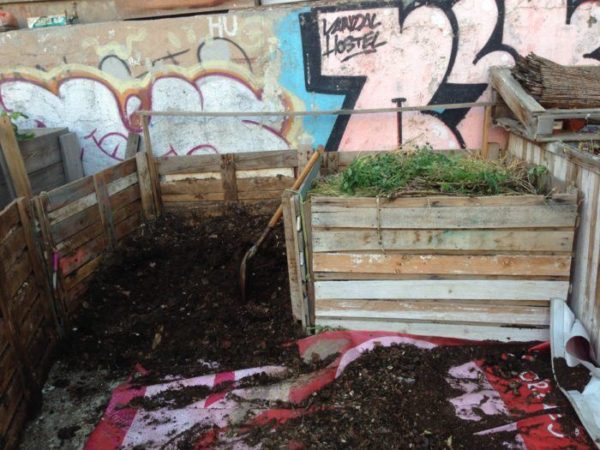
Humus contains the necessary nutrients and, although it cannot directly nourish the plant, the soil (which is alive!) is responsible for transforming these nutrients so that the plant can assimilate them (in the stage known as mineralization of organic matter).. Thus, the soil gradually degrades the organic matter and transforms it into assimilable nutrients, using part of the nutrients and reserving another part to mineralize them when they are needed.
In addition to the slow release of nutrients, organic fertilizer has other advantages such as the natural maintenance of the substrate and its microbial flora (beneficial microorganisms) or the recycling of waste, one of the pillars in orchards where ecological or organic agriculture is practiced..
Chemical fertilizers
In general, fertilizers or chemical fertilizers contain very high concentrations of dissolved nutrients and the excess can be detrimental to the harvest. In addition, they do not last long in the soil, so they must be applied more often, and care must be taken because sometimes they may seem very complete but in reality they lack some micronutrient (iron, copper, chlorine…), also necessary for growth. of the plants.
Although organic fertilizers are the most common in organic farming, there are a number of soil conditioners and inorganic or mineral fertilizers that are authorized in organic farming, such as sodium chloride, rock or clay dust, sodium sulfate, calcium etc
References
- Brechelt, A., 2004. Ecological soil management. Agriculture and Environment Foundation (FAMA), Dominican Republic.
- Masaguer, A., 2004. What substrate to choose? HORTICULTURE Magazine, No. 201, p. 40-42.
- Félix Herrán, J. et al., 2008. Importance of organic fertilizers. Journal of Society, Culture and Sustainable Development of the Autonomous Indigenous University of Mexico, Ra Ximhai, vol. 4 (1), p. 57-67.
- Gonzálvez, V. & Pomares, F., 2008. Fertilization and nutrient balance in agroecological systems. Technical Manual, Spanish Society of Ecological Agriculture (SEAE).
- Cruz-Crespo, E. et al., 2012. Substrates in horticulture. Bio Sciences Magazine, vol. 2 (2), p. 17-26.

![Photo of Green Tea Plant: [Cultivation, Irrigation, Substrate, Pests and Diseases]](https://www.complete-gardening.com/wp-content/uploads/2022/08/green-tea-plant-cultivation-irrigation-substrate-pests-and-diseases-390x220.jpg)
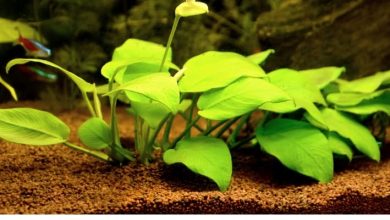
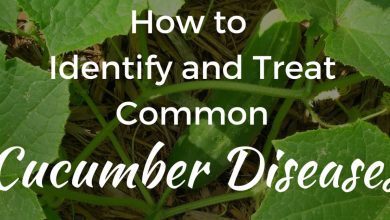
![Photo of La Calatea: [Characteristics, Care, Planting, Irrigation and Substrate]](https://www.complete-gardening.com/wp-content/uploads/2022/08/la-calatea-characteristics-care-planting-irrigation-and-substrate-390x220.jpg)